Inside a Dubai Sheikh's
Private Menagerie

COLIN SIMPSON
I WAS standing in a narrow, fenced-in corridor next to an animal enclosure when two fully grown cheetahs came loping towards me. They looked magnificent – lean, long-legged and built for speed, their spotted fur sleek, with striking face patterns.
I held my breath as they moved nearer, not knowing what to expect. A moment later they had passed by, and I breathed again.
Gulf Arabs have a fondness for big cats and other exotic animals, and many sheiks collect them and keep them in vast private zoos standing on desert sand. Normally such places are strictly out of bounds, but I obtained special permission to visit one owned by a senior member of Dubai’s royal family. I was shown around by the wildlife experts who run it.
Cheetahs are a speciality at the centre, which participates in a captive breeding programme with similar outfits in a number of countries. There are many other animals, among them grey crowned cranes and other birds, and various types of deer and gazelle that wander across the sand.
There are also Arabian oryx, a type of antelope native to the deserts of the Arabian Peninsula. After being hunted to extinction in the wild 50 years ago, the species was saved through a captive breeding programme. It was subsequently reintroduced in the wild, and became the first species to be upgraded to the “vulnerable” conservation category after being listed as extinct in the wild.
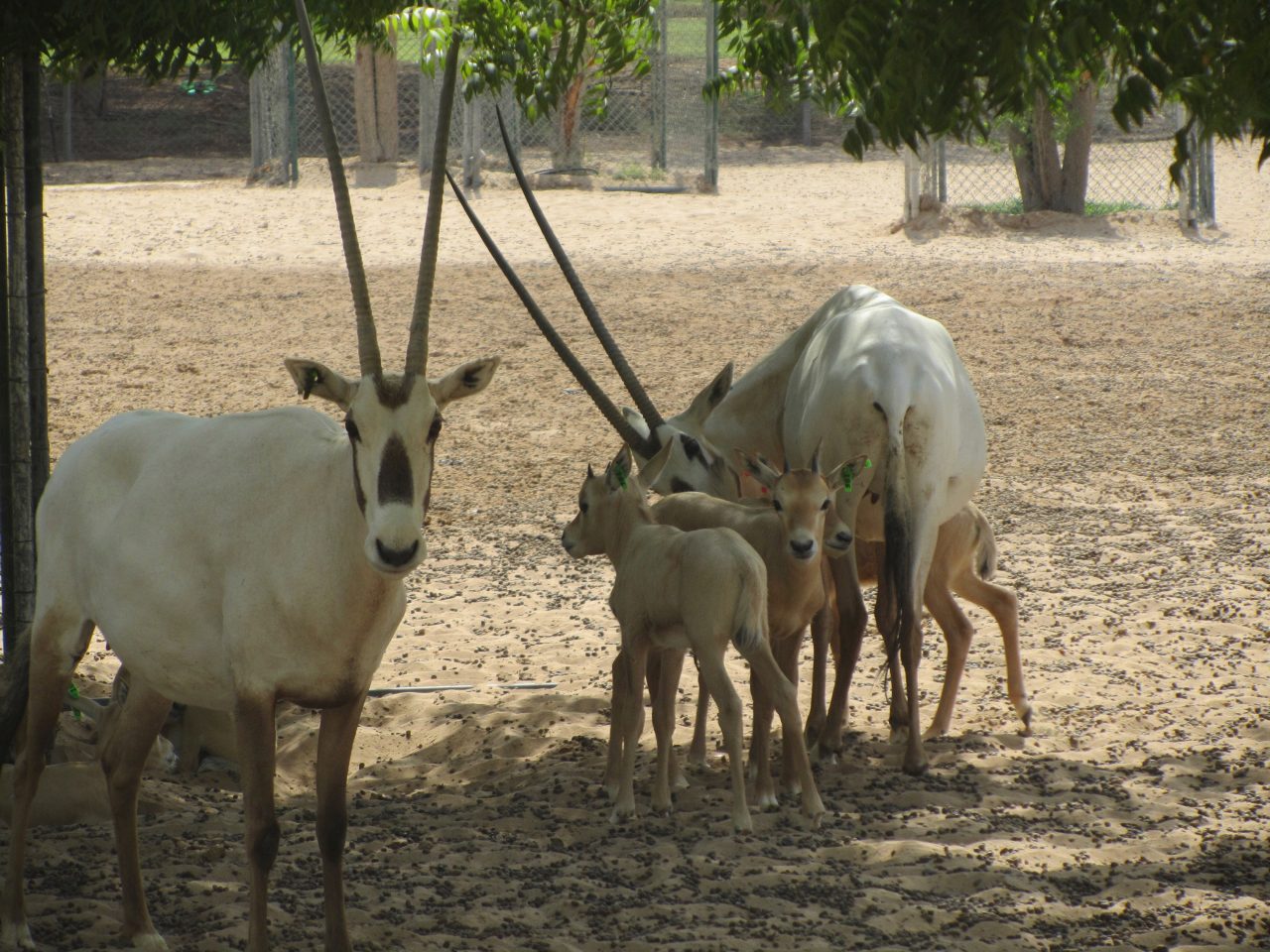
Zoos are a controversial subject, with some saying they should all be closed down, but the story of the oryx provides an argument for keeping them.
The oryx sports twin horns, and is thought to have contributed to the unicorn myth as from the side it can appear to have a single horn.
The sheikh’s zoo is on the desert outskirts of Dubai, surrounded by high walls to keep the animals in and curious passers-by out.
I visited a second zoo belonging to another member of the ruling family where I had a close-up look at cheetah cubs. The second one is in the heart of the city, next to a large mall and five-star hotel (it’s Dubai, after all). This sheikh has a vast palace in the grounds, and I was asked not to take photos of it out of respect for the family’s privacy. In fact the site is so large it was difficult to get a good look at the distant building anyway.
The collection included a giraffe, and in the years before developers swept through the district and threw up a host of tall buildings, its neck could be seen sticking up above the walls of the compound.
Entering this place was like turning up at a Disney wonderland. The policy is to let as many animals as possible wander freely through the grounds (obviously predators such as cheetahs have to be kept in enclosures to protect the rest). As I drove through the front entrance I was met by a delightful scene as small deer, exotic birds and many other species stood together on an area of grass. A huge tree with overhanging branches and foliage provided shade from the Dubai sun.
This centre, too, has a wide range of animals, including kangaroo, ostriches and various deer species. There is also a group of greater flamingo – known as a “pat” – and I was shown some unfeasibly cute chicks. A breeding programme to safeguard the endangered northern bald ibis was under way when I visited.
Both of these legitimate centres are well run by professional managers who are committed to conservation, and the animals are healthy and properly cared for. Unfortunately, the same cannot be said about other unofficial private zoos, where big cats and other species suffer from neglect and mistreatment.
I visited one where a lion that had been declawed to make it less dangerous to its handlers. The pain from the procedure was clearly causing the animal considerable distress.
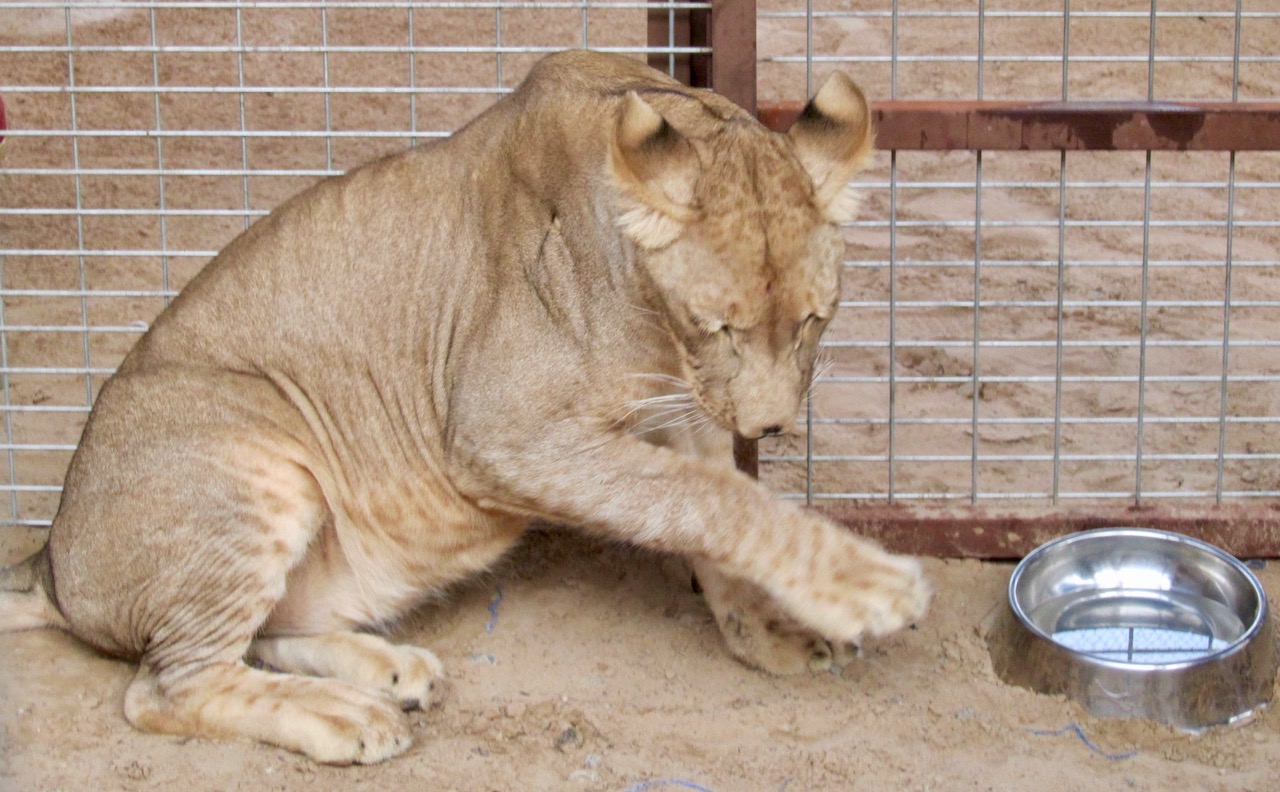
Big cats are popular as pets in the Gulf states, and photos of young men showing off their cheetahs or tigers are all over the internet. Many show the animals sitting in the passenger seat of Ferraris and other expensive cars as their owners drive. One video shows five tigers – including white ones – on a beach close to the famous Burj Al Arab luxury hotel.
The private ownership of exotic wild animals has been outlawed in the United Arab Emirates, of which Dubai is part, but according to reports the trade has simply moved online.
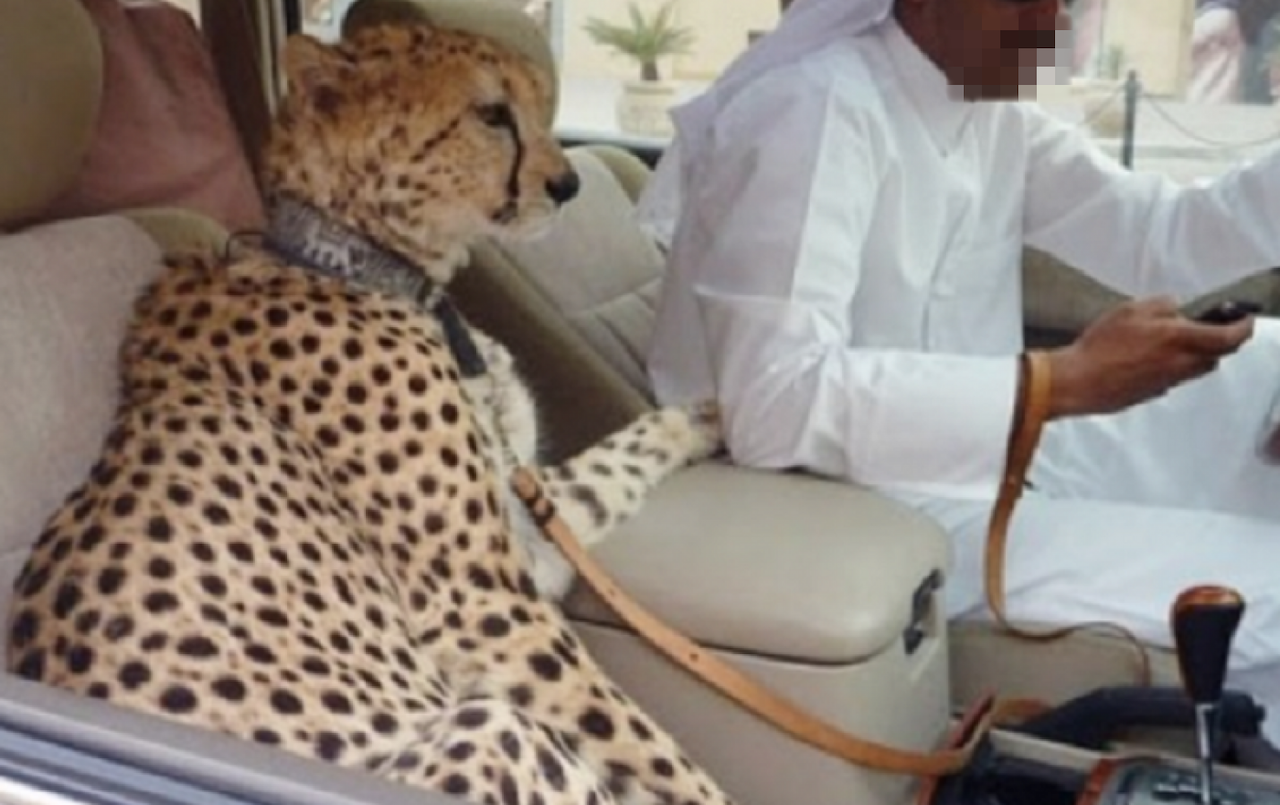
Big cats are popular as pets in the Gulf states, and photos of young men with cheetahs or tigers are all over the internet. Many show an animal sitting in the passenger seat of a Ferrari or other expensive car as its owner drives. One video shows five tigers – including white ones – on a beach close to the famous Burj Al Arab luxury hotel.
A friend in Dubai found a dead ocelot abandoned in a dumpster on a street, and a vet told me of a collector whose cheetahs kept dying – four in less than a year. Not surprisingly, the Middle East exotic pet trade is putting wild populations in Africa under severe pressure.
So while the conservation work carried out at the legitimate sites is commendable, there is a dark side to Arabia’s love of exotic animals.
January 2019
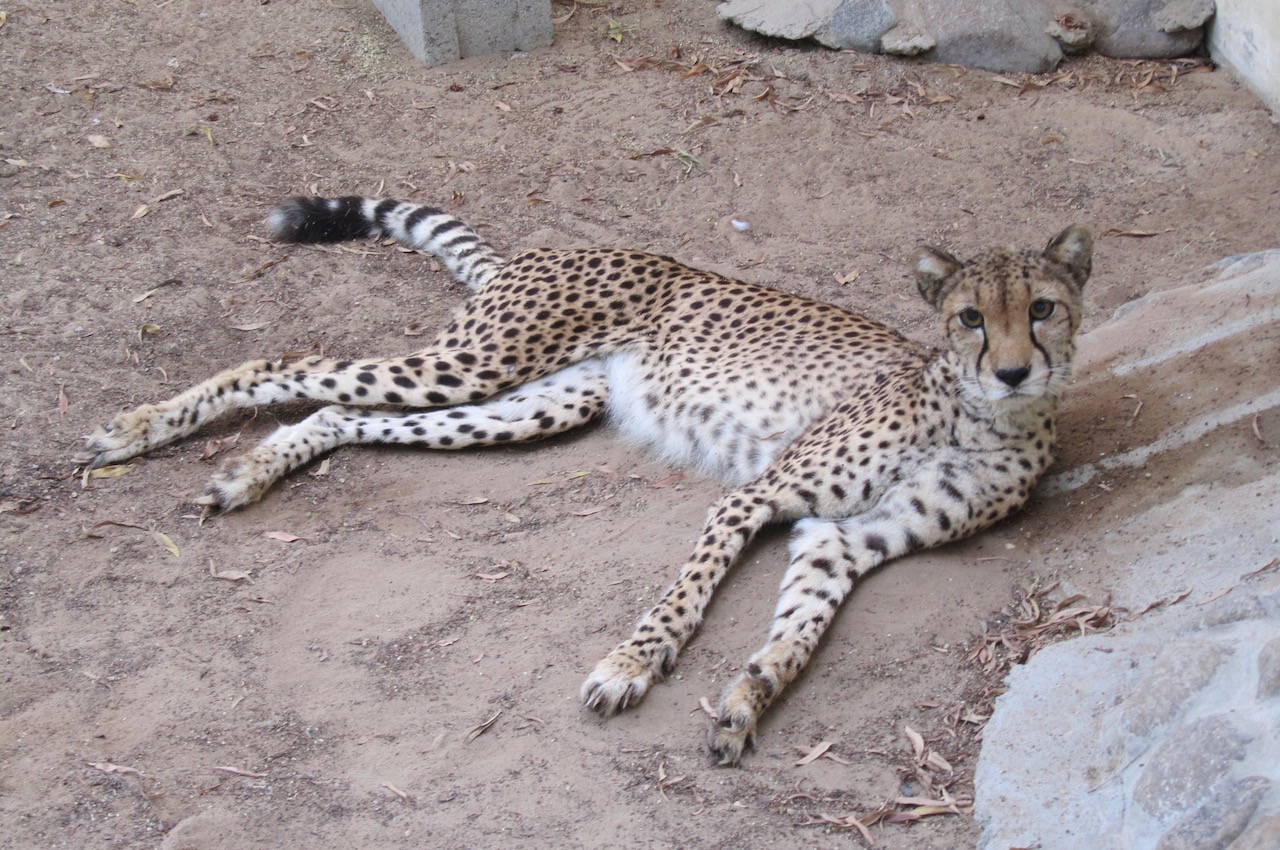
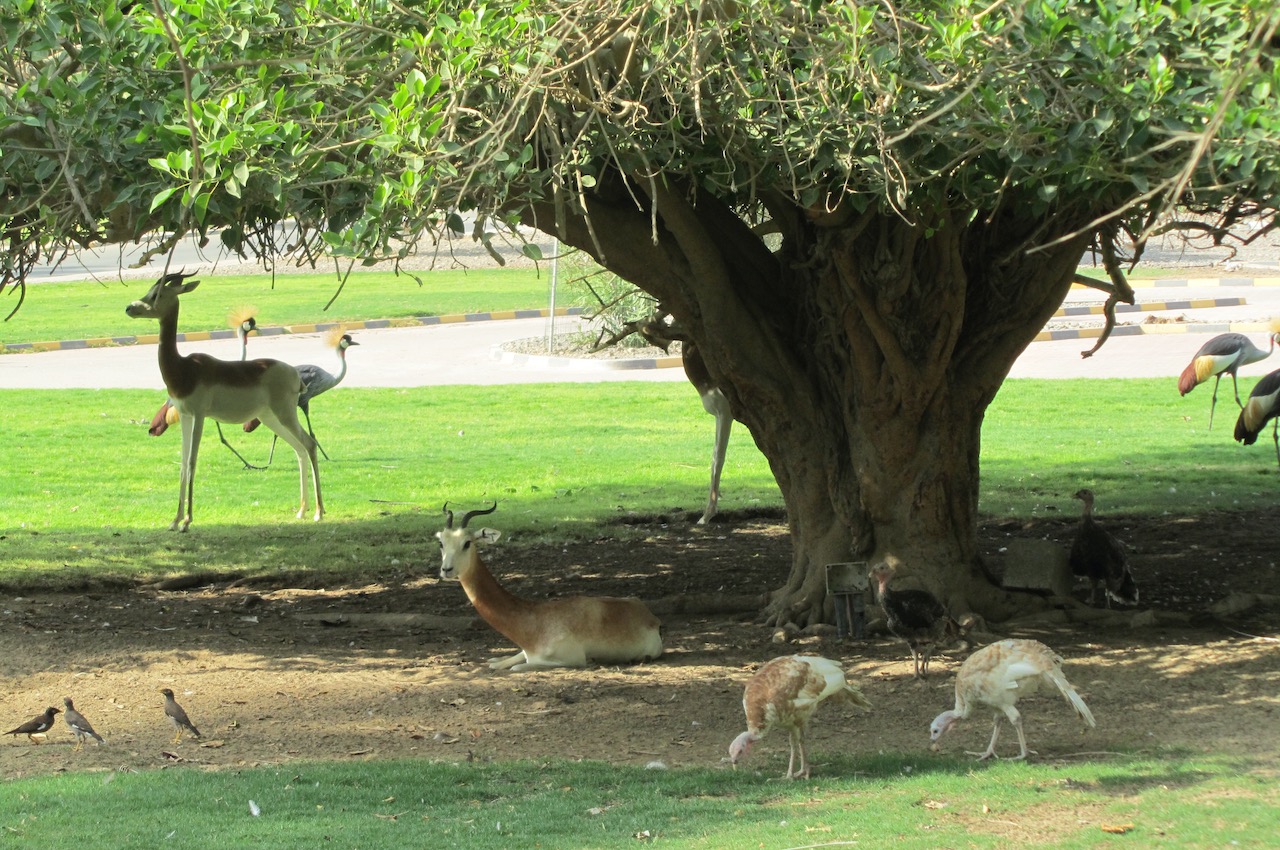
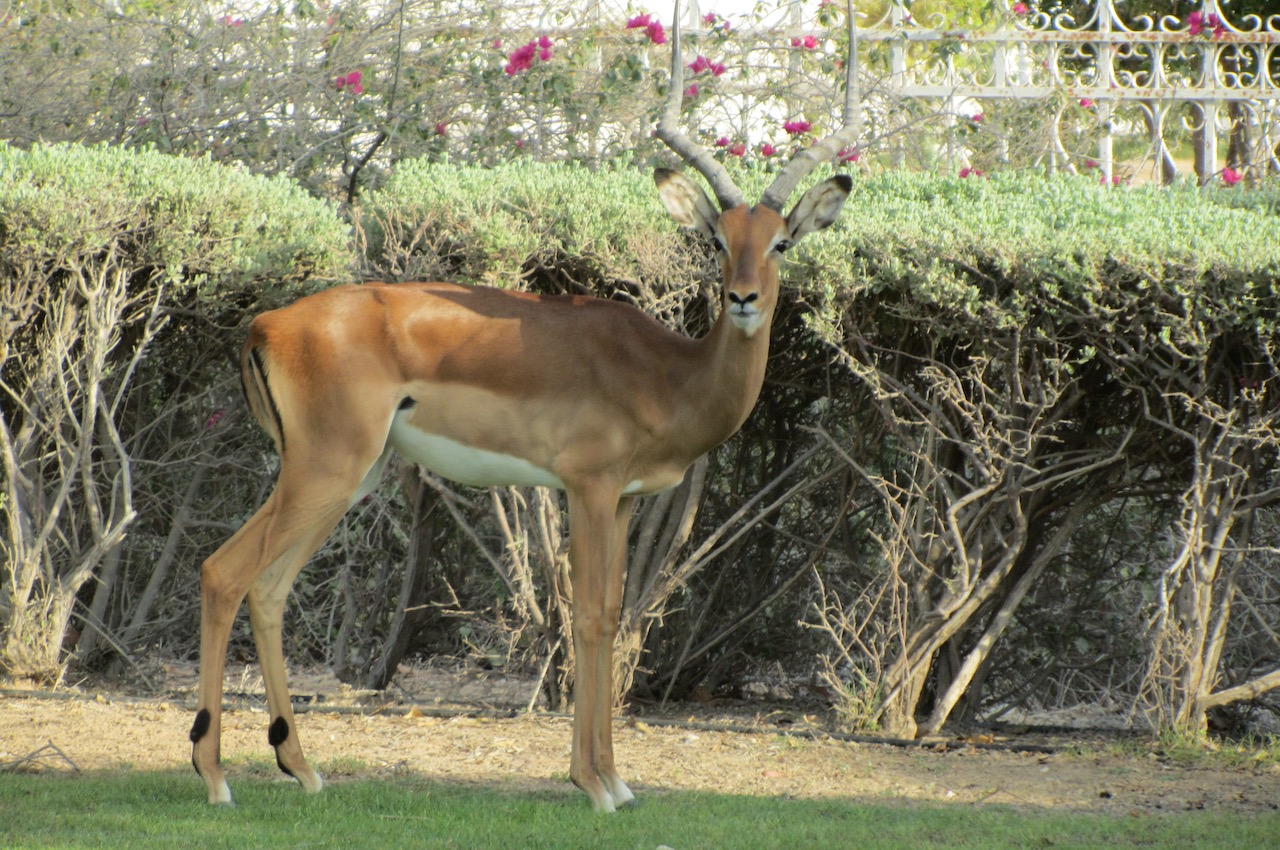
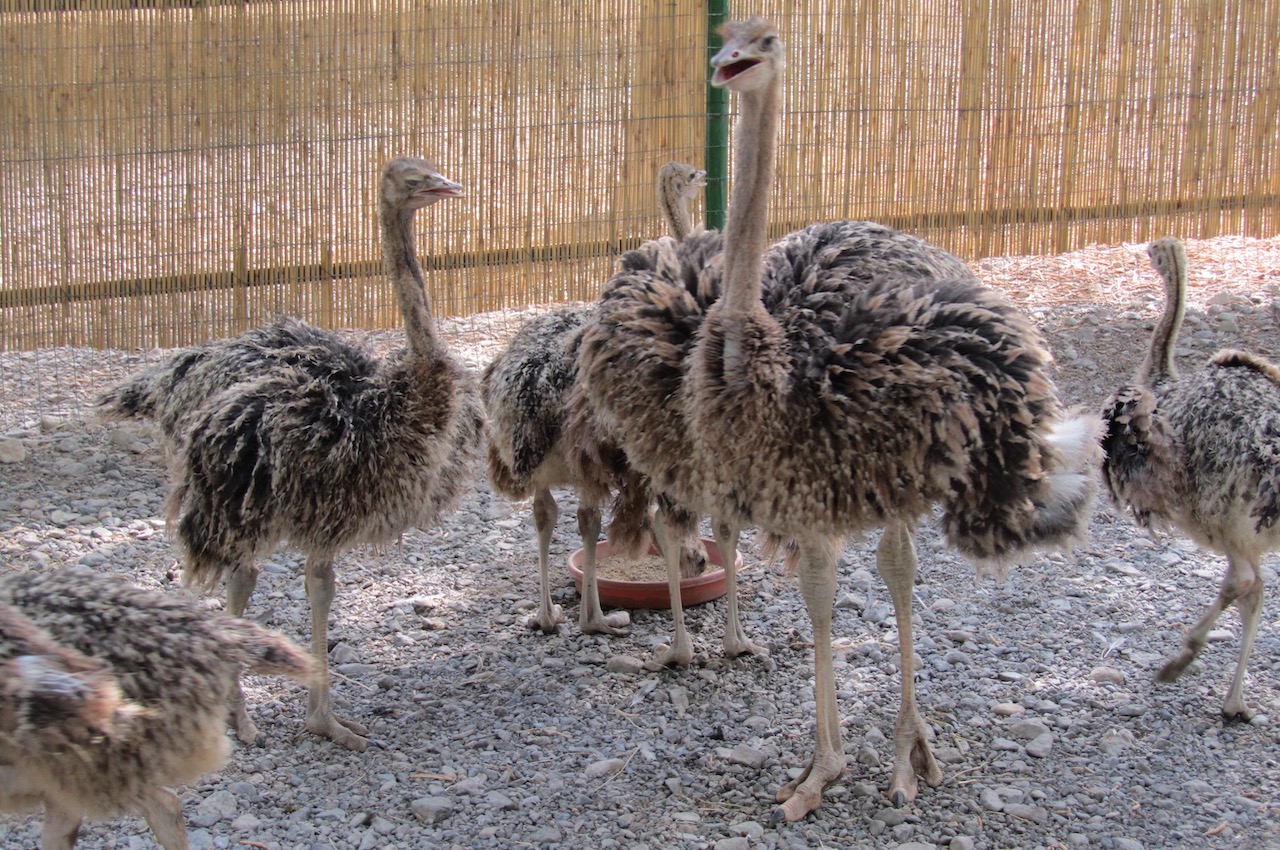
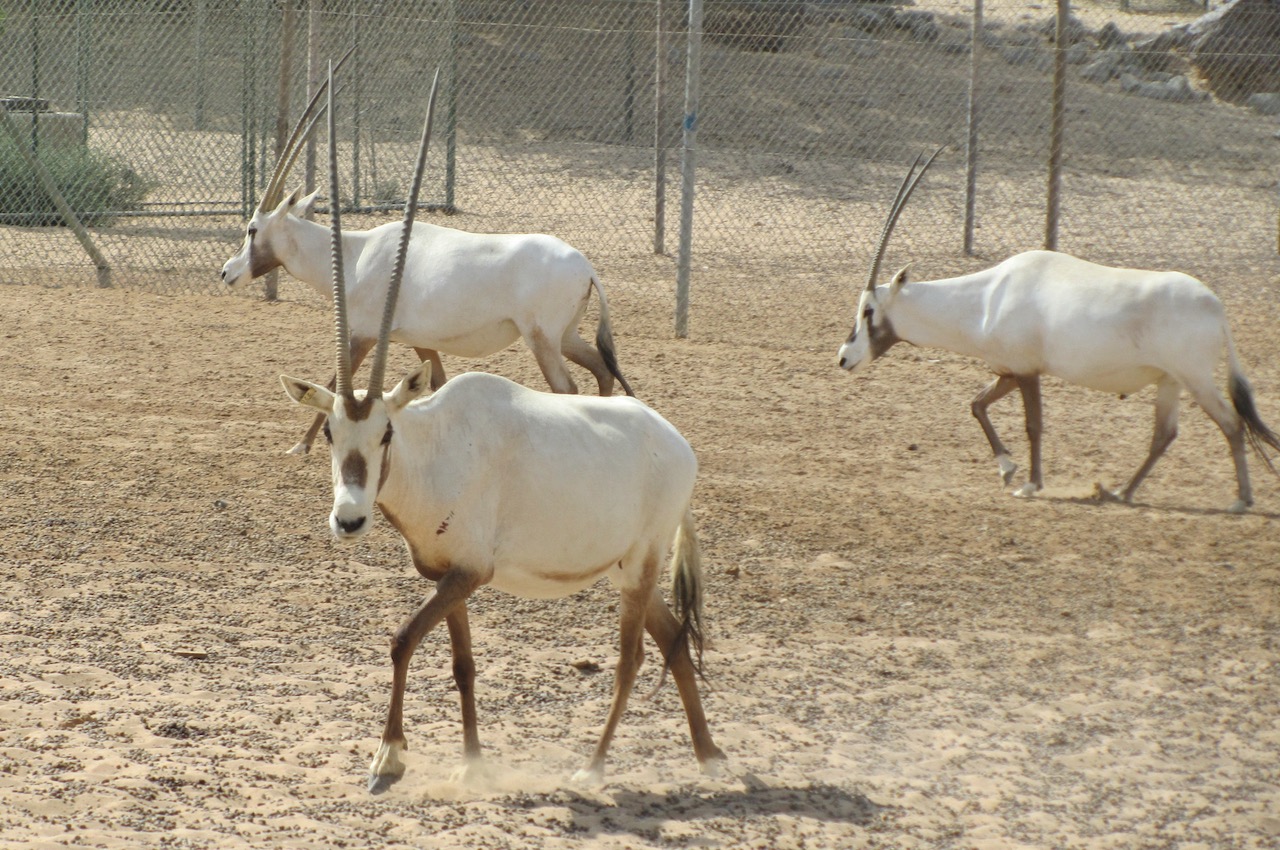

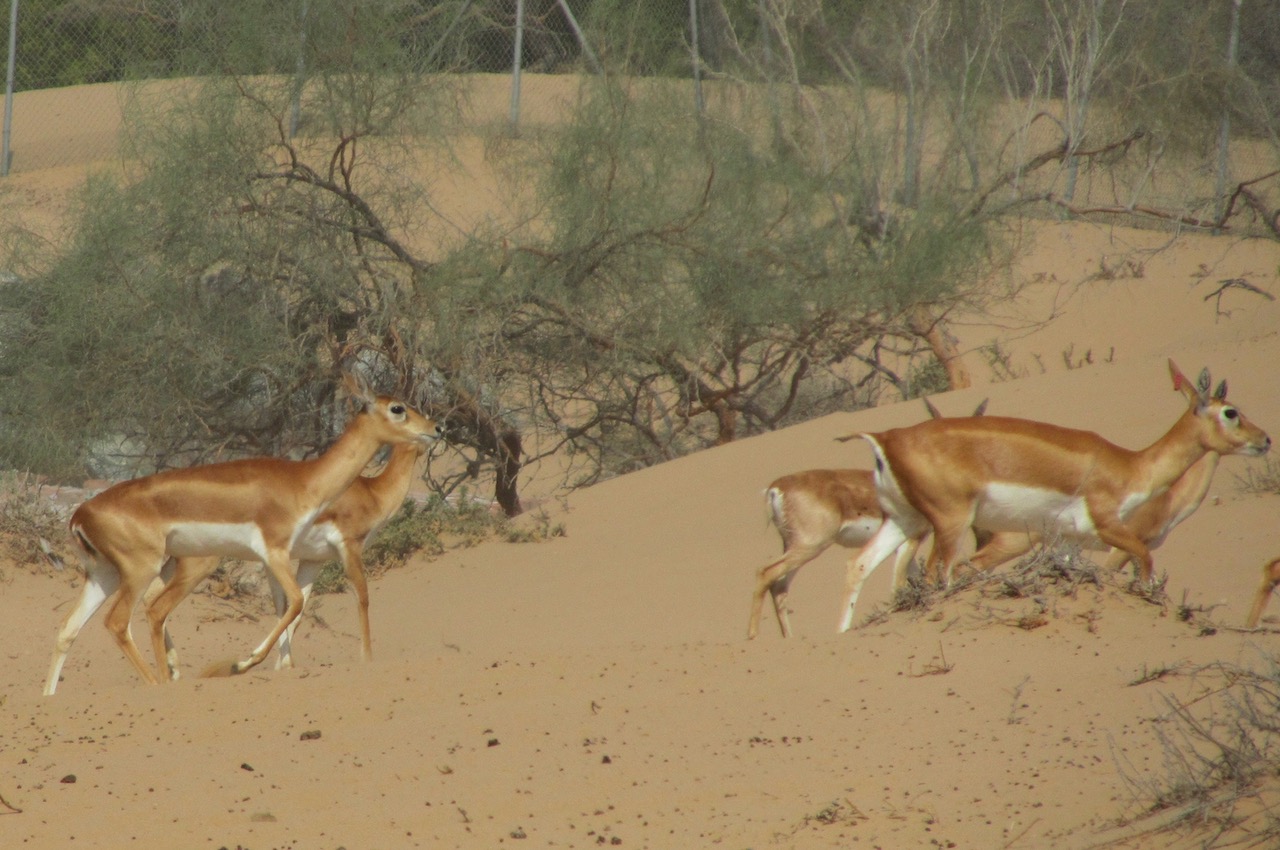
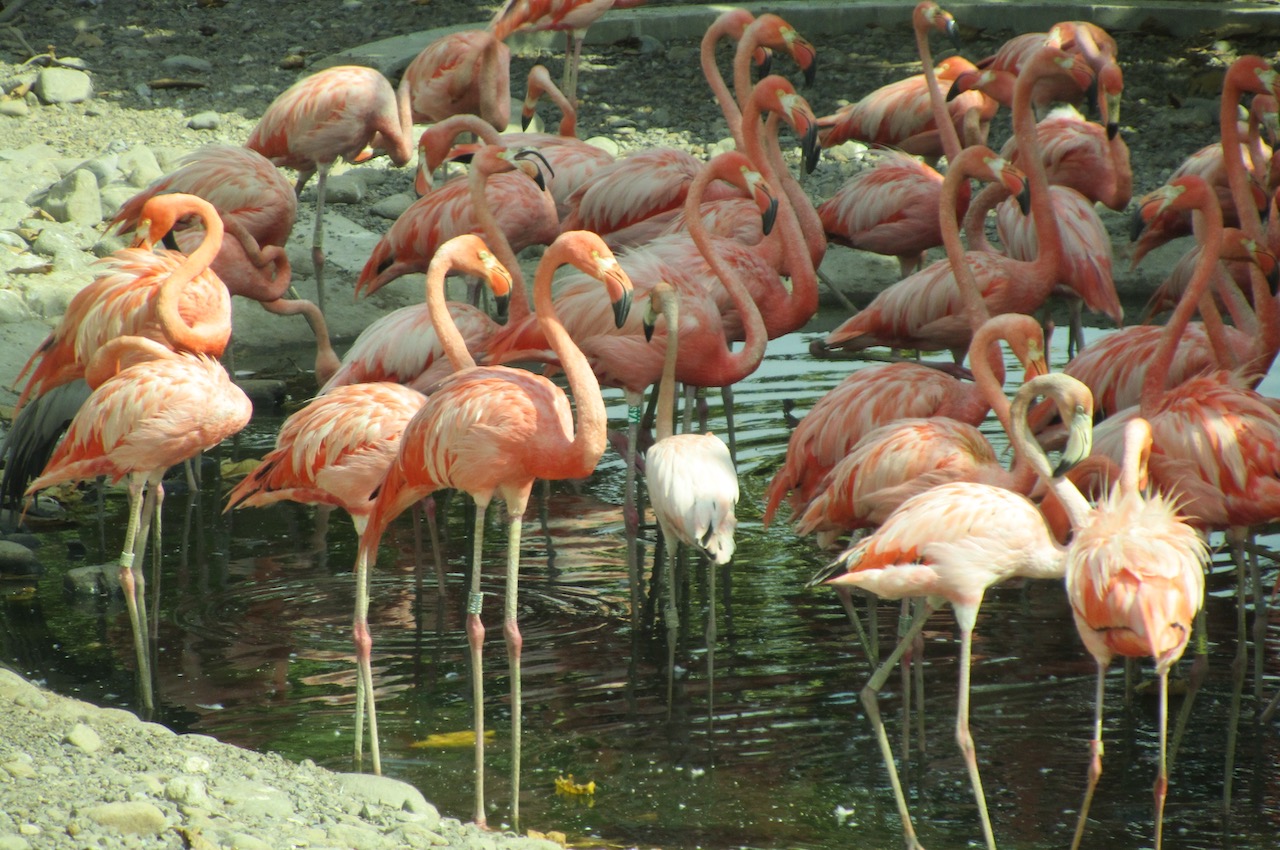


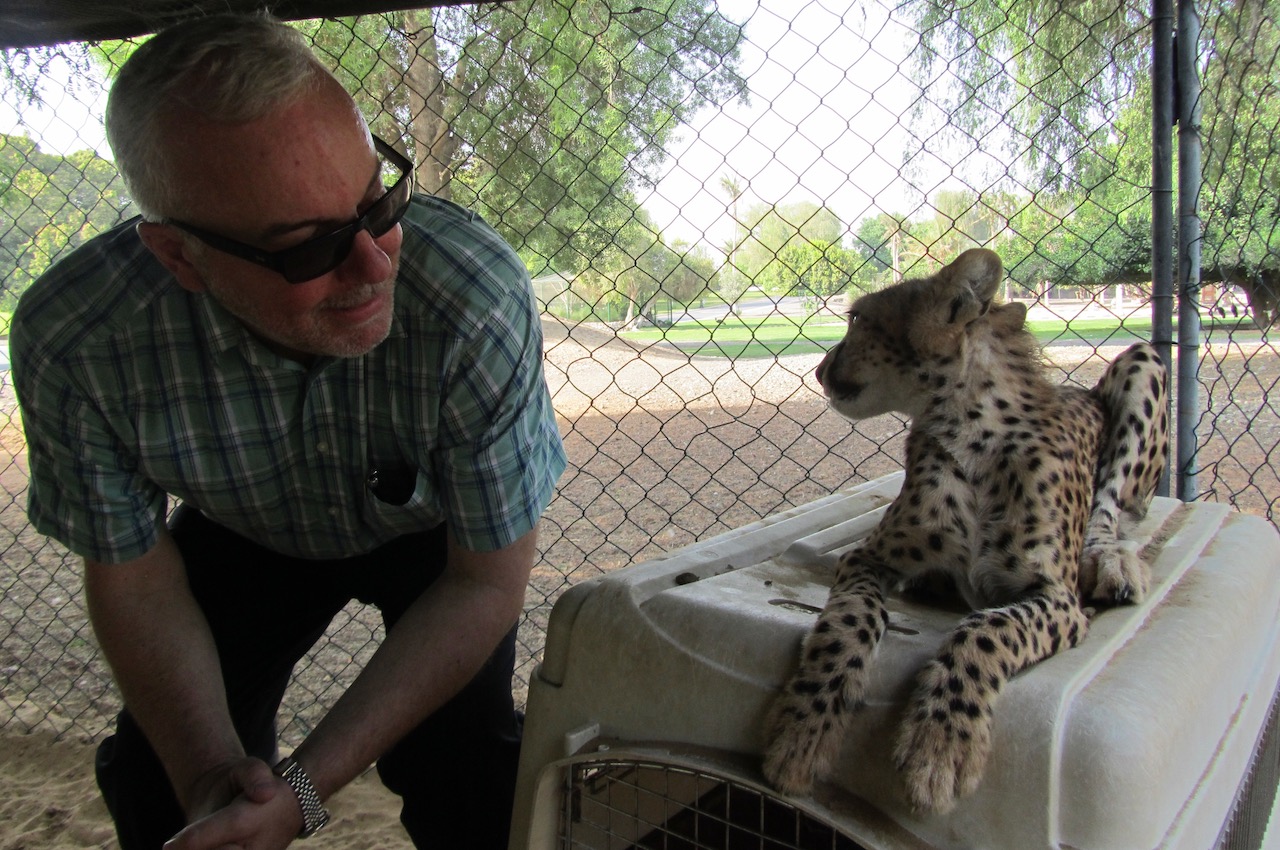
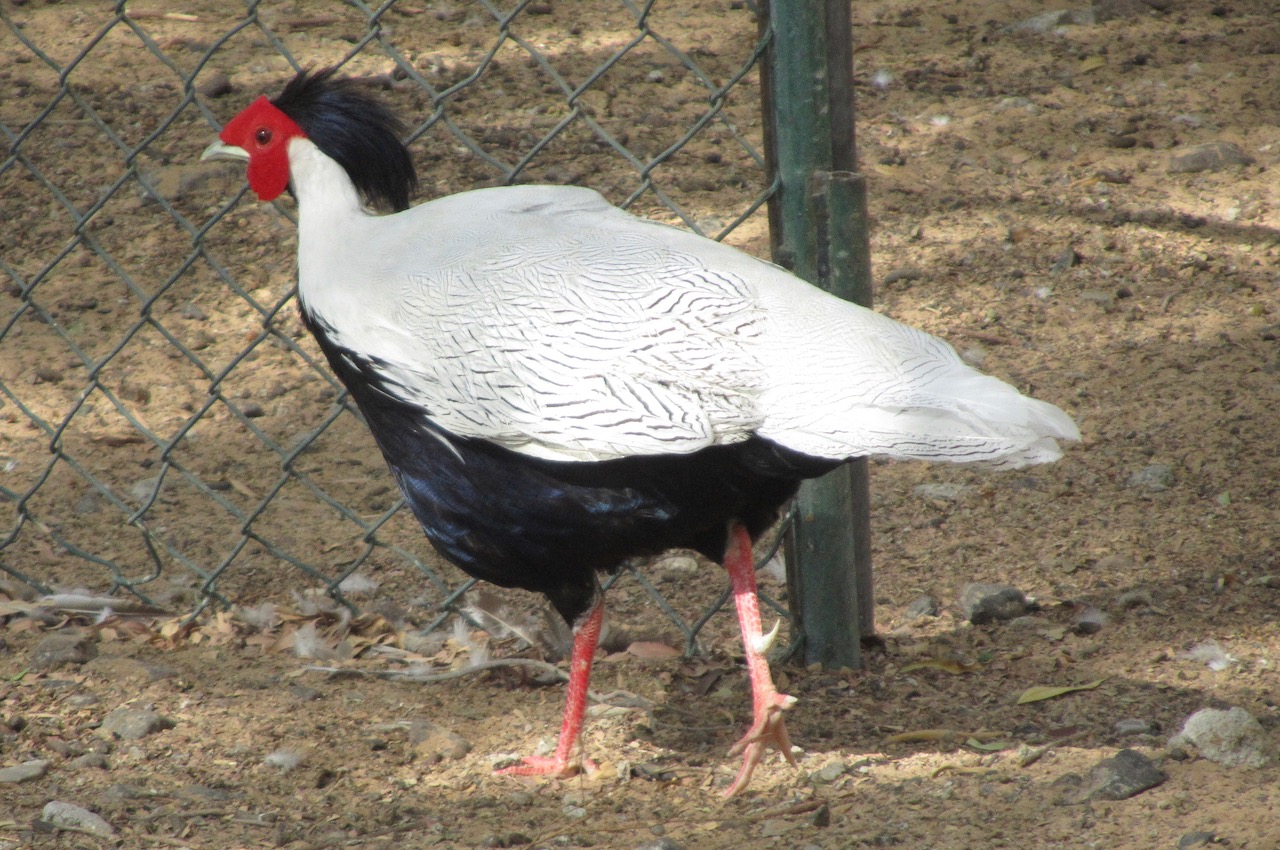
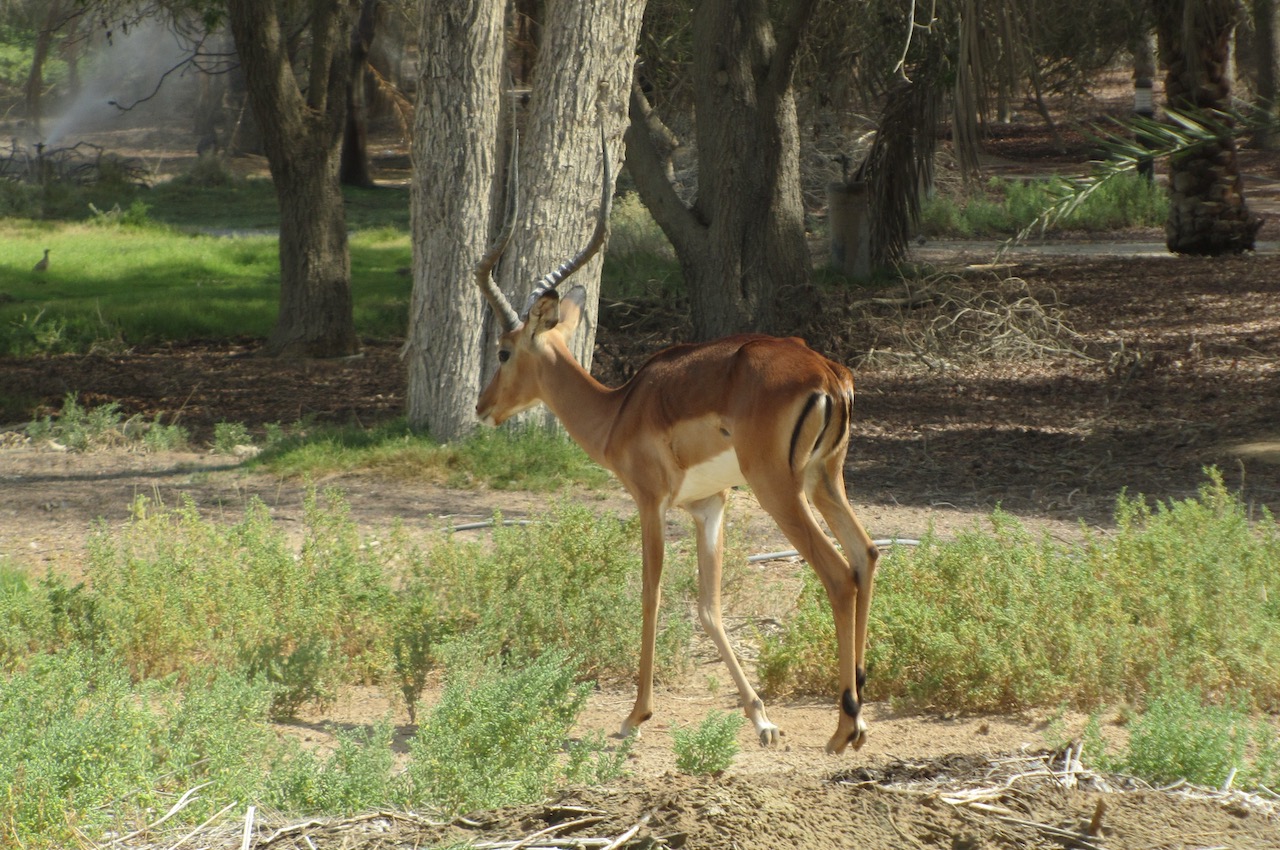
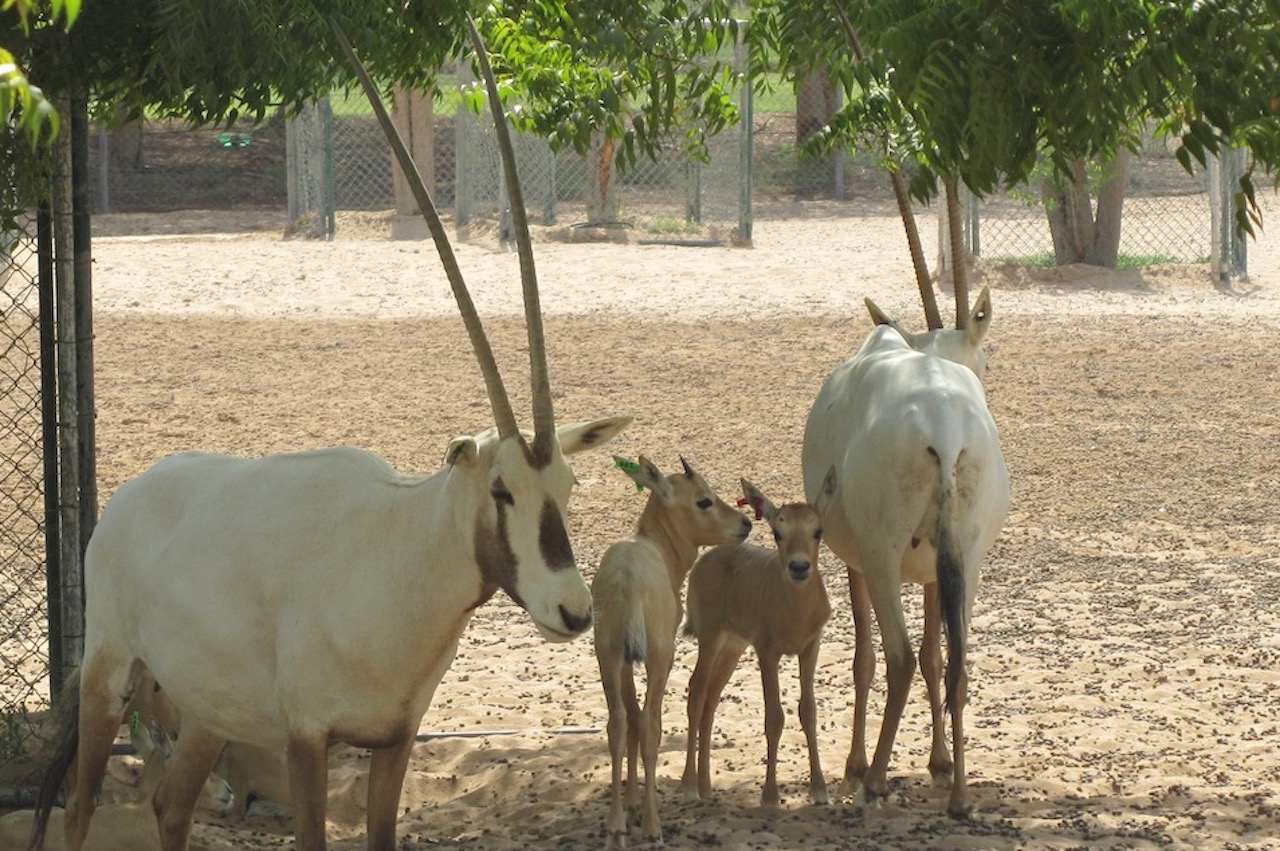
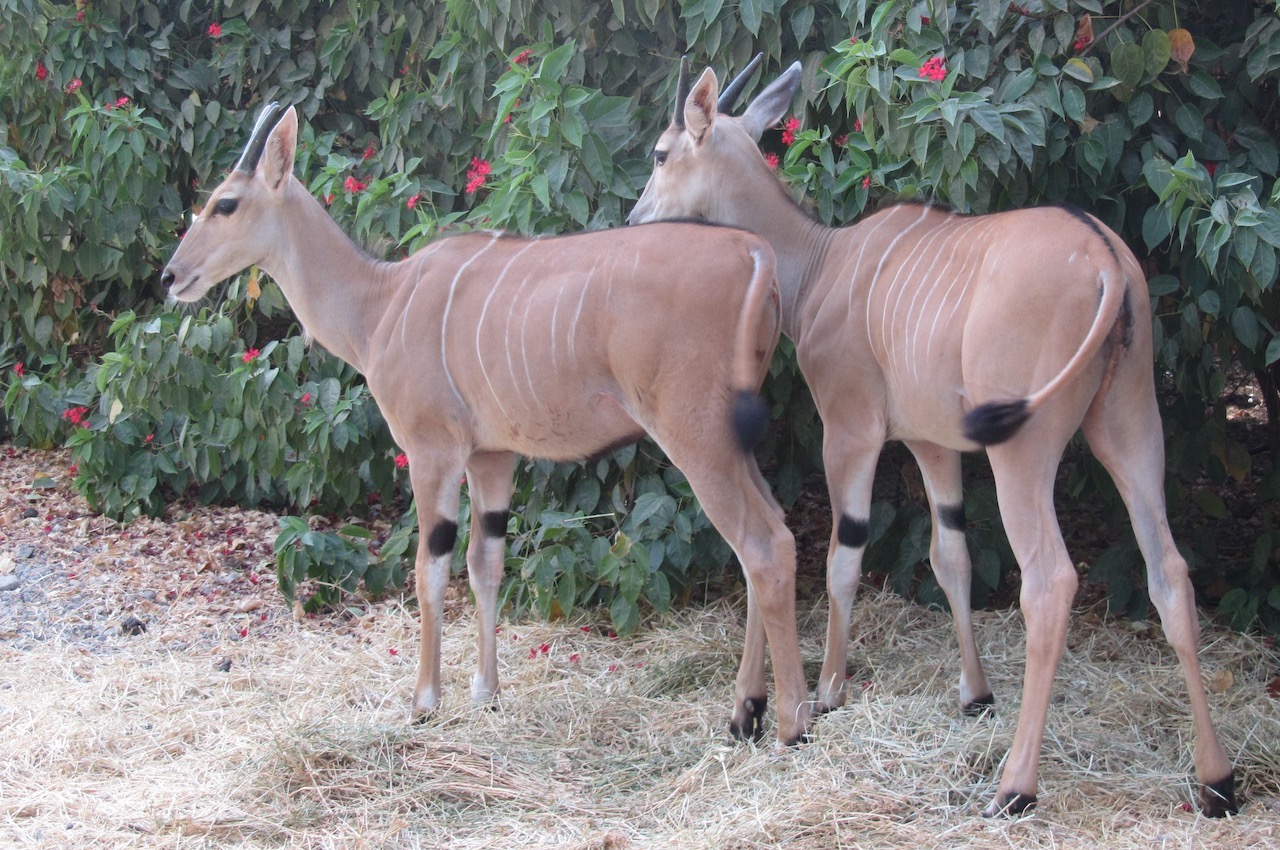
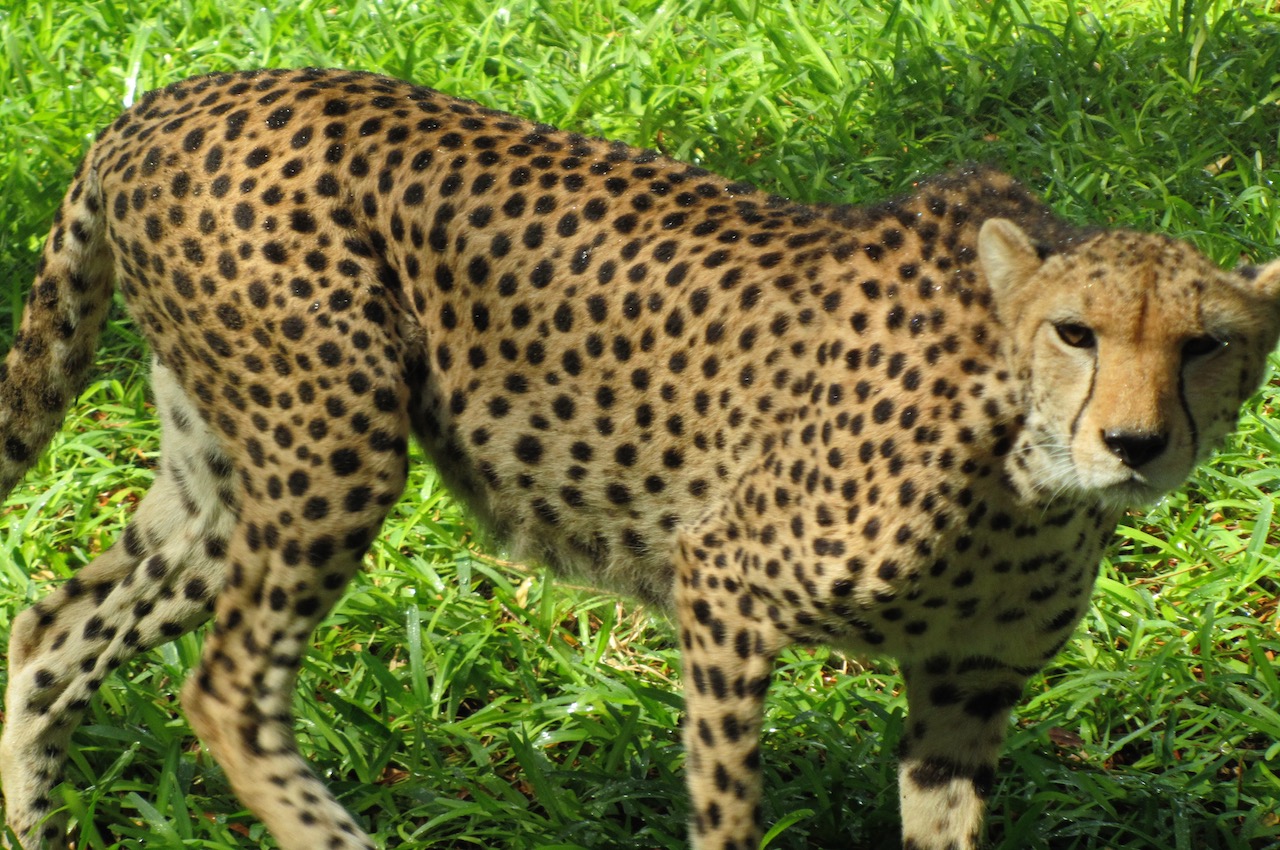
RELATED
 DUBAI’S DAZZLING BURJ AL ARAB: We launched our hotels coverage with a look at one of the most iconic and super-luxurious properties in the world, Dubai’s Burj Al Arab… READ MORE
DUBAI’S DAZZLING BURJ AL ARAB: We launched our hotels coverage with a look at one of the most iconic and super-luxurious properties in the world, Dubai’s Burj Al Arab… READ MORE
 CALIFORNIA’S AMAZING WILDLIFE: Whales, elephant seals, elk, sea lions… California has all these and much, much more. But did you know that you can also find zebras grazing on the roadside in one part of the Golden State? READ MORE
CALIFORNIA’S AMAZING WILDLIFE: Whales, elephant seals, elk, sea lions… California has all these and much, much more. But did you know that you can also find zebras grazing on the roadside in one part of the Golden State? READ MORE
 BET YOU’LL LOVE THESE PANDAS: It’s a hot, lazy, high-summer morning as I turn up at the Macau Giant Panda Pavilion – and the idle mood extends to the stars of the show… READ MORE, WATCH VIDEO
BET YOU’LL LOVE THESE PANDAS: It’s a hot, lazy, high-summer morning as I turn up at the Macau Giant Panda Pavilion – and the idle mood extends to the stars of the show… READ MORE, WATCH VIDEO
RECOMMENDED
 WELCOME TO OUR WORLD! Afaranwide’s home page – this is where you can find out about our latest posts and other highlights. READ MORE
WELCOME TO OUR WORLD! Afaranwide’s home page – this is where you can find out about our latest posts and other highlights. READ MORE
 TOP 10 VIRTUAL ATTRACTIONS: Many of the world’s most popular tourists sites are closed because of the coronavirus crisis, but you can still visit them virtually while you’re self-isolating. READ MORE
TOP 10 VIRTUAL ATTRACTIONS: Many of the world’s most popular tourists sites are closed because of the coronavirus crisis, but you can still visit them virtually while you’re self-isolating. READ MORE
 SHIMLA, QUEEN OF THE HILLS: Government officials once retreated to Shimla in the foothills of the Himalayas to escape India’s blazing hot summers. Now tourists make the same journey. READ MORE
SHIMLA, QUEEN OF THE HILLS: Government officials once retreated to Shimla in the foothills of the Himalayas to escape India’s blazing hot summers. Now tourists make the same journey. READ MORE
 TEN THINGS WE LEARNED: Our up-to-the-minute guide to creating a website, one step at a time. The costs, the mistakes – it’s what we wish we’d known when we started blogging. READ MORE
TEN THINGS WE LEARNED: Our up-to-the-minute guide to creating a website, one step at a time. The costs, the mistakes – it’s what we wish we’d known when we started blogging. READ MORE
 TROUBLED TIMES FOR EXPATS: Moving abroad can seem an idyllic prospect, but what happens when sudden upheavals or the inescapable realities of life intrude? READ MORE
TROUBLED TIMES FOR EXPATS: Moving abroad can seem an idyllic prospect, but what happens when sudden upheavals or the inescapable realities of life intrude? READ MORE
Disclosure: Afaranwide is an affiliate of leading travel operators such as Booking.com and Japan Rail Pass. If you purchase through our site we receive, at no additional cost to you, a small commission. We only work with companies we have used and recommend.
LET'S KEEP IN TOUCH!
Inside a Dubai Sheikh's
Private Menagerie

COLIN SIMPSON
I WAS standing in a narrow, fenced-in corridor next to an animal enclosure when two fully grown cheetahs came loping towards me. They looked magnificent – lean, long-legged and built for speed, their spotted fur sleek, with striking face patterns.
I held my breath as they moved nearer, not knowing what to expect. A moment later they had passed by, and I breathed again.
Gulf Arabs have a fondness for big cats and other exotic animals, and many sheiks collect them and keep them in vast private zoos standing on desert sand. Normally such places are strictly out of bounds, but I obtained special permission to visit one owned by a senior member of Dubai’s royal family. I was shown around by the wildlife experts who run it.
Cheetahs are a speciality at the centre, which participates in a captive breeding programme with similar outfits in a number of countries. There are many other animals, among them grey crowned cranes and other birds, and various types of deer and gazelle that wander across the sand.
There are also Arabian oryx, a type of antelope native to the deserts of the Arabian Peninsula. After being hunted to extinction in the wild 50 years ago, the species was saved through a captive breeding programme. It was subsequently reintroduced in the wild, and became the first species to be upgraded to the “vulnerable” conservation category after being listed as extinct in the wild.

Zoos are a controversial subject, with some saying they should all be closed down, but the story of the oryx provides an argument for keeping them.
The oryx sports twin horns, and is thought to have contributed to the unicorn myth as from the side it can appear to have a single horn.
The sheikh’s zoo is on the desert outskirts of Dubai, surrounded by high walls to keep the animals in and curious passers-by out.
I visited a second zoo belonging to another member of the ruling family where I had a close-up look at cheetah cubs. The second one is in the heart of the city, next to a large mall and five-star hotel (it’s Dubai, after all). This sheikh has a vast palace in the grounds, and I was asked not to take photos of it out of respect for the family’s privacy. In fact the site is so large it was difficult to get a good look at the distant building anyway.
The collection included a giraffe, and in the years before developers swept through the district and threw up a host of tall buildings, its neck could be seen sticking up above the walls of the compound.
Entering this place was like turning up at a Disney wonderland. The policy is to let as many animals as possible wander freely through the grounds (obviously predators such as cheetahs have to be kept in enclosures to protect the rest). As I drove through the front entrance I was met by a delightful scene as small deer, exotic birds and many other species stood together on an area of grass. A huge tree with overhanging branches and foliage provided shade from the Dubai sun.
This centre, too, has a wide range of animals, including kangaroo, ostriches and various deer species. There is also a group of greater flamingo – known as a “pat” – and I was shown some unfeasibly cute chicks. A breeding programme to safeguard the endangered northern bald ibis was under way when I visited.
Both of these legitimate centres are well run by professional managers who are committed to conservation, and the animals are healthy and properly cared for. Unfortunately, the same cannot be said about other unofficial private zoos, where big cats and other species suffer from neglect and mistreatment.
I visited one where a lion that had been declawed to make it less dangerous to its handlers. The pain from the procedure was clearly causing the animal considerable distress.

Big cats are popular as pets in the Gulf states, and photos of young men showing off their cheetahs or tigers are all over the internet. Many show the animals sitting in the passenger seat of Ferraris and other expensive cars as their owners drive. One video posted shows five tigers – including white ones – on a beach close to the famous Burj Al Arab luxury hotel.
The private ownership of exotic wild animals has been outlawed in the United Arab Emirates, of which Dubai is part, but according to reports the trade has simply moved online.

Big cats are popular as pets in the Gulf states, and photos of young men with cheetahs or tigers are all over the internet. Many show an animal sitting in the passenger seat of a Ferrari or other expensive car as its owner drives. One video shows five tigers – including white ones – on a beach close to the famous Burj Al Arab luxury hotel.
A friend in Dubai found a dead ocelot abandoned in a dumpster on a street, and a vet told me of a collector whose cheetahs kept dying – four in less than a year. Not surprisingly, the Middle East exotic pet trade is putting wild populations in Africa under severe pressure.
So while the conservation work carried out at the legitimate sites is commendable, there is a dark side to Arabia’s love of exotic animals.
January 2020
















RELATED
 DUBAI’S DAZZLING BURJ AL ARAB: We launched our hotels coverage with a look at one of the most iconic and super-luxurious properties in the world, Dubai’s Burj Al Arab… READ MORE
DUBAI’S DAZZLING BURJ AL ARAB: We launched our hotels coverage with a look at one of the most iconic and super-luxurious properties in the world, Dubai’s Burj Al Arab… READ MORE
 CALIFORNIA’S AMAZING WILDLIFE: Whales, elephant seals, elk, sea lions… California has all these and much, much more. But did you know that you can also find zebras grazing on the roadside in one part of the Golden State? READ MORE
CALIFORNIA’S AMAZING WILDLIFE: Whales, elephant seals, elk, sea lions… California has all these and much, much more. But did you know that you can also find zebras grazing on the roadside in one part of the Golden State? READ MORE
 BET YOU’LL LOVE THESE PANDAS: It’s a hot, lazy, high-summer morning as I turn up at the Macau Giant Panda Pavilion – and the idle mood extends to the stars of the show… READ MORE, WATCH VIDEO
BET YOU’LL LOVE THESE PANDAS: It’s a hot, lazy, high-summer morning as I turn up at the Macau Giant Panda Pavilion – and the idle mood extends to the stars of the show… READ MORE, WATCH VIDEO
RECOMMENDED
 WELCOME TO OUR WORLD! Afaranwide’s home page – this is where you can find out about our latest posts and other highlights. READ MORE
WELCOME TO OUR WORLD! Afaranwide’s home page – this is where you can find out about our latest posts and other highlights. READ MORE
 TOP 10 VIRTUAL ATTRACTIONS: Many of the world’s most popular tourists sites are closed because of the coronavirus crisis, but you can still visit them virtually while you’re self-isolating. READ MORE
TOP 10 VIRTUAL ATTRACTIONS: Many of the world’s most popular tourists sites are closed because of the coronavirus crisis, but you can still visit them virtually while you’re self-isolating. READ MORE
 SHIMLA, QUEEN OF THE HILLS: Government officials once retreated to Shimla in the foothills of the Himalayas to escape India’s blazing hot summers. Now tourists make the same journey. READ MORE
SHIMLA, QUEEN OF THE HILLS: Government officials once retreated to Shimla in the foothills of the Himalayas to escape India’s blazing hot summers. Now tourists make the same journey. READ MORE
 TEN THINGS WE LEARNED: Our up-to-the-minute guide to creating a website, one step at a time. The costs, the mistakes – it’s what we wish we’d known when we started blogging. READ MORE
TEN THINGS WE LEARNED: Our up-to-the-minute guide to creating a website, one step at a time. The costs, the mistakes – it’s what we wish we’d known when we started blogging. READ MORE
 TROUBLED TIMES FOR EXPATS: Moving abroad can seem an idyllic prospect, but what happens when sudden upheavals or the inescapable realities of life intrude? READ MORE
TROUBLED TIMES FOR EXPATS: Moving abroad can seem an idyllic prospect, but what happens when sudden upheavals or the inescapable realities of life intrude? READ MORE
Disclosure: Afaranwide is an affiliate of leading travel operators such as Booking.com and Japan Rail Pass. If you purchase through our site we receive, at no additional cost to you, a small commission. We only work with companies we have used and recommend.
LET'S KEEP IN TOUCH!

UNITED ARAB EMIRATES
Inside a Dubai Sheikh's
Private Menagerie

COLIN SIMPSON
I WAS standing in a narrow, fenced-in corridor next to an animal enclosure when two fully grown cheetahs came loping towards me. They looked magnificent – lean, long-legged and built for speed, their spotted fur sleek, with striking face patterns.
I held my breath as they moved nearer, not knowing what to expect. A moment later they had passed by, and I breathed again.
Gulf Arabs have a fondness for big cats and other exotic animals, and many sheiks collect them and keep them in vast private zoos standing on desert sand. Normally such places are strictly out of bounds, but I obtained special permission to visit one owned by a senior member of Dubai’s royal family. I was shown around by the wildlife experts who run it.

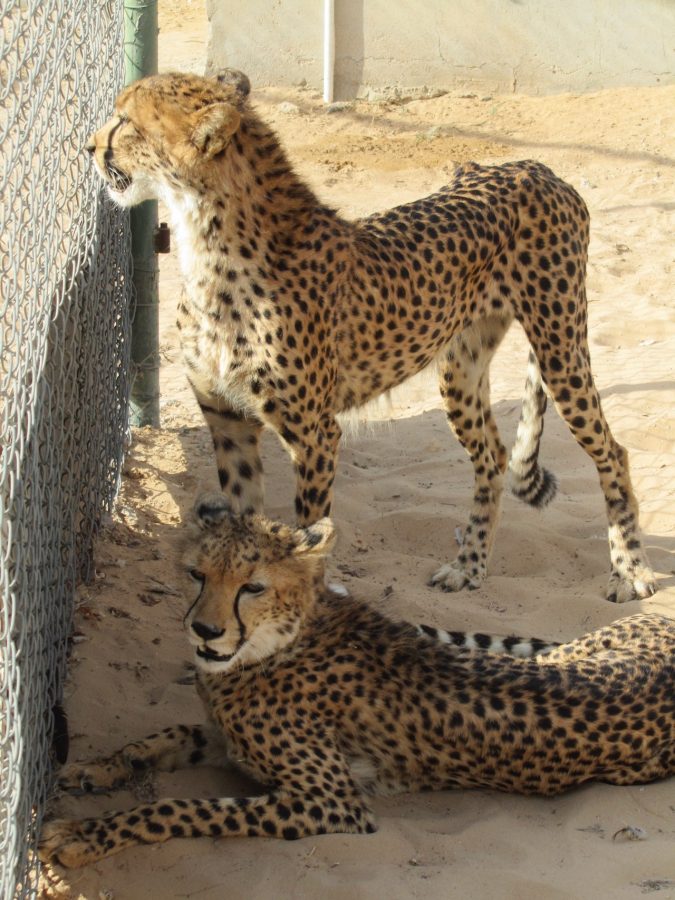
Cheetahs are a speciality at the centre, which participates in a captive breeding programme with similar outfits in a number of countries. There are many other animals, among them grey crowned cranes and other birds, and various types of deer and gazelle that wander across the sand.
There are also Arabian oryx, a type of antelope native to the deserts of the Arabian Peninsula. After being hunted to extinction in the wild 50 years ago, the species was saved through a captive breeding programme. It was subsequently reintroduced in the wild, and became the first species to be upgraded to the “vulnerable” conservation category after being listed as extinct in the wild.

Zoos are a controversial subject, with some saying they should all be closed down, but the story of the oryx provides an argument for keeping them.
The oryx sports twin horns, and is thought to have contributed to the unicorn myth as from the side it can appear to have a single horn.
The sheikh’s zoo is on the desert outskirts of Dubai, surrounded by high walls to keep the animals in and curious passers-by out.
I visited a second zoo belonging to another member of the ruling family where I had a close-up look at cheetah cubs. The second one is in the heart of the city, next to a large mall and five-star hotel (it’s Dubai, after all).
This sheikh has a vast palace in the grounds, and I was asked not to take photos of it out of respect for the family’s privacy. In fact the site is so large it was difficult to get a good look at the distant building anyway.
The collection included a giraffe, and in the years before developers swept through the district and threw up a host of tall buildings, its neck could be seen sticking up above the walls of the compound.
Entering this place was like turning up at a Disney wonderland. The policy is to let as many animals as possible wander freely through the grounds (obviously predators such as cheetahs have to be kept in enclosures to protect the rest).
As I drove through the front entrance I was met by a delightful scene as small deer, exotic birds and many other species stood together on an area of grass. A huge tree with overhanging branches and foliage provided shade from the Dubai sun.
This centre, too, has a wide range of animals, including kangaroo, ostriches and various deer species. There is also a group of greater flamingo – known as a “pat” – and I was shown some unfeasibly cute chicks. A breeding programme to safeguard the endangered northern bald ibis was under way when I visited.
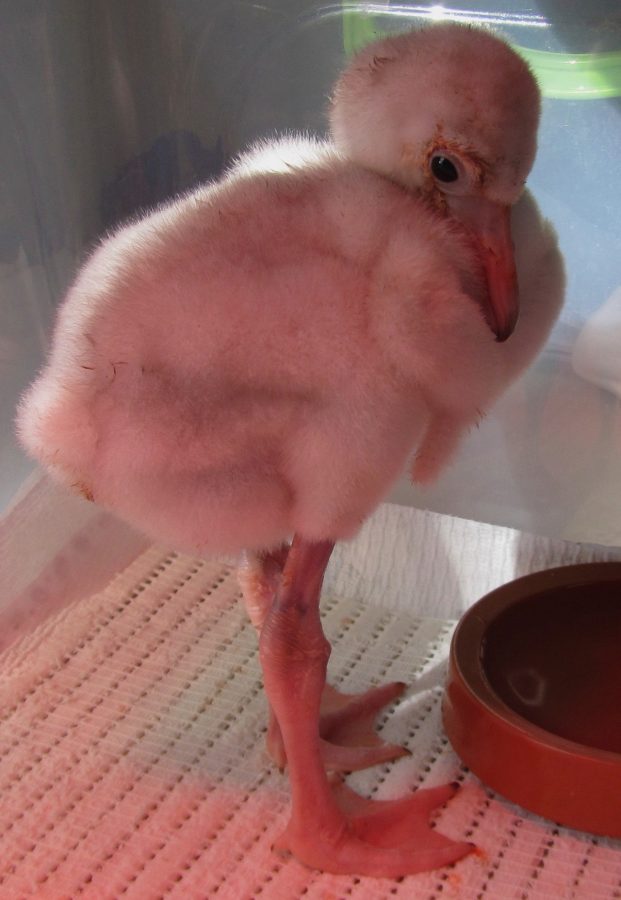
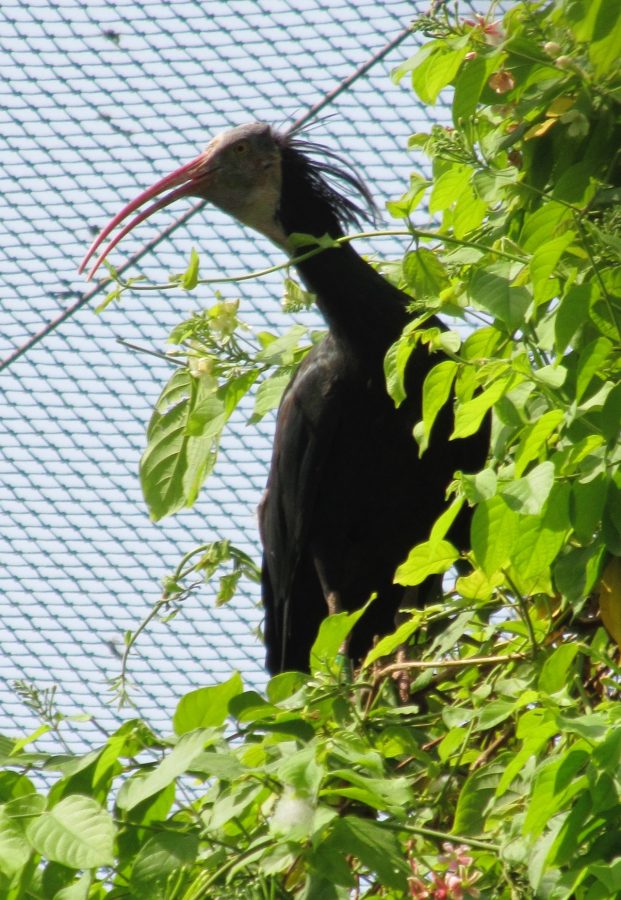
Both of these legitimate centres are well run by professional managers who are committed to conservation, and the animals look healthy and properly cared for. Unfortunately, the same cannot be said about other unofficial private zoos, where big cats and other species suffer from neglect and mistreatment.
I visited one where a lion that had been declawed to make it less dangerous to its handlers. The pain from the procedure was clearly causing the animal considerable distress.
Big cats are popular as pets in the Gulf states, and photos of young men with cheetahs or tigers are all over the internet. Many show an animal sitting in the passenger seat of a Ferrari or other expensive car as its owner drives. One video shows five tigers – including white ones – on a beach close to the famous Burj Al Arab luxury hotel.
The private ownership of exotic wild animals has been outlawed in the United Arab Emirates, of which Dubai is part, but according to reports the trade has simply moved online.

Cheetahs are particularly popular as they are the most easily domesticated. Collectors often buy them and other species when they are cubs, then find they can’t cope with their pets as they grow. Many do not know how to care for the animals, which often die as a result.
A friend in Dubai found a dead ocelot abandoned in a dumpster on a street, and a vet told me of a collector whose cheetahs kept dying – four in a single year. Not surprisingly, the Middle East exotic pet trade is putting wild populations in Africa under severe pressure.
So while the conservation work carried out at the legitimate sites is commendable, there is a dark side to Arabia’s love of exotic animals.
January 2020
















RELATED
 DUBAI’S DAZZLING BURJ AL ARAB: We launched our hotels coverage with a look at one of the most iconic and super-luxurious properties in the world, Dubai’s Burj Al Arab… READ MORE
DUBAI’S DAZZLING BURJ AL ARAB: We launched our hotels coverage with a look at one of the most iconic and super-luxurious properties in the world, Dubai’s Burj Al Arab… READ MORE
 CALIFORNIA’S AMAZING WILDLIFE: Whales, elephant seals, elk, sea lions… California has all these and much, much more. But did you know that you can also find zebras grazing on the roadside in one part of the Golden State? READ MORE
CALIFORNIA’S AMAZING WILDLIFE: Whales, elephant seals, elk, sea lions… California has all these and much, much more. But did you know that you can also find zebras grazing on the roadside in one part of the Golden State? READ MORE
 BET YOU’LL LOVE THESE PANDAS: It’s a hot, lazy, high-summer morning as I turn up at the Macau Giant Panda Pavilion – and the idle mood extends to the stars of the show… READ MORE, WATCH VIDEO
BET YOU’LL LOVE THESE PANDAS: It’s a hot, lazy, high-summer morning as I turn up at the Macau Giant Panda Pavilion – and the idle mood extends to the stars of the show… READ MORE, WATCH VIDEO
RECOMMENDED
 WELCOME TO OUR WORLD! Afaranwide’s home page – this is where you can find out about our latest posts and other highlights. READ MORE
WELCOME TO OUR WORLD! Afaranwide’s home page – this is where you can find out about our latest posts and other highlights. READ MORE
 TOP 10 VIRTUAL ATTRACTIONS: Many of the world’s most popular tourists sites are closed because of the coronavirus crisis, but you can still visit them virtually while you’re self-isolating. READ MORE
TOP 10 VIRTUAL ATTRACTIONS: Many of the world’s most popular tourists sites are closed because of the coronavirus crisis, but you can still visit them virtually while you’re self-isolating. READ MORE
 SHIMLA, QUEEN OF THE HILLS: Government officials once retreated to Shimla in the foothills of the Himalayas to escape India’s blazing hot summers. Now tourists make the same journey. READ MORE
SHIMLA, QUEEN OF THE HILLS: Government officials once retreated to Shimla in the foothills of the Himalayas to escape India’s blazing hot summers. Now tourists make the same journey. READ MORE
 TEN THINGS WE LEARNED: Our up-to-the-minute guide to creating a website, one step at a time. The costs, the mistakes – it’s what we wish we’d known when we started blogging. READ MORE
TEN THINGS WE LEARNED: Our up-to-the-minute guide to creating a website, one step at a time. The costs, the mistakes – it’s what we wish we’d known when we started blogging. READ MORE
 TROUBLED TIMES FOR EXPATS: Moving abroad can seem an idyllic prospect, but what happens when sudden upheavals or the inescapable realities of life intrude? READ MORE
TROUBLED TIMES FOR EXPATS: Moving abroad can seem an idyllic prospect, but what happens when sudden upheavals or the inescapable realities of life intrude? READ MORE
Disclosure: Afaranwide is an affiliate of leading travel operators such as Booking.com and Japan Rail Pass. If you purchase through our site we receive, at no additional cost to you, a small commission. We only work with companies we have used and recommend.
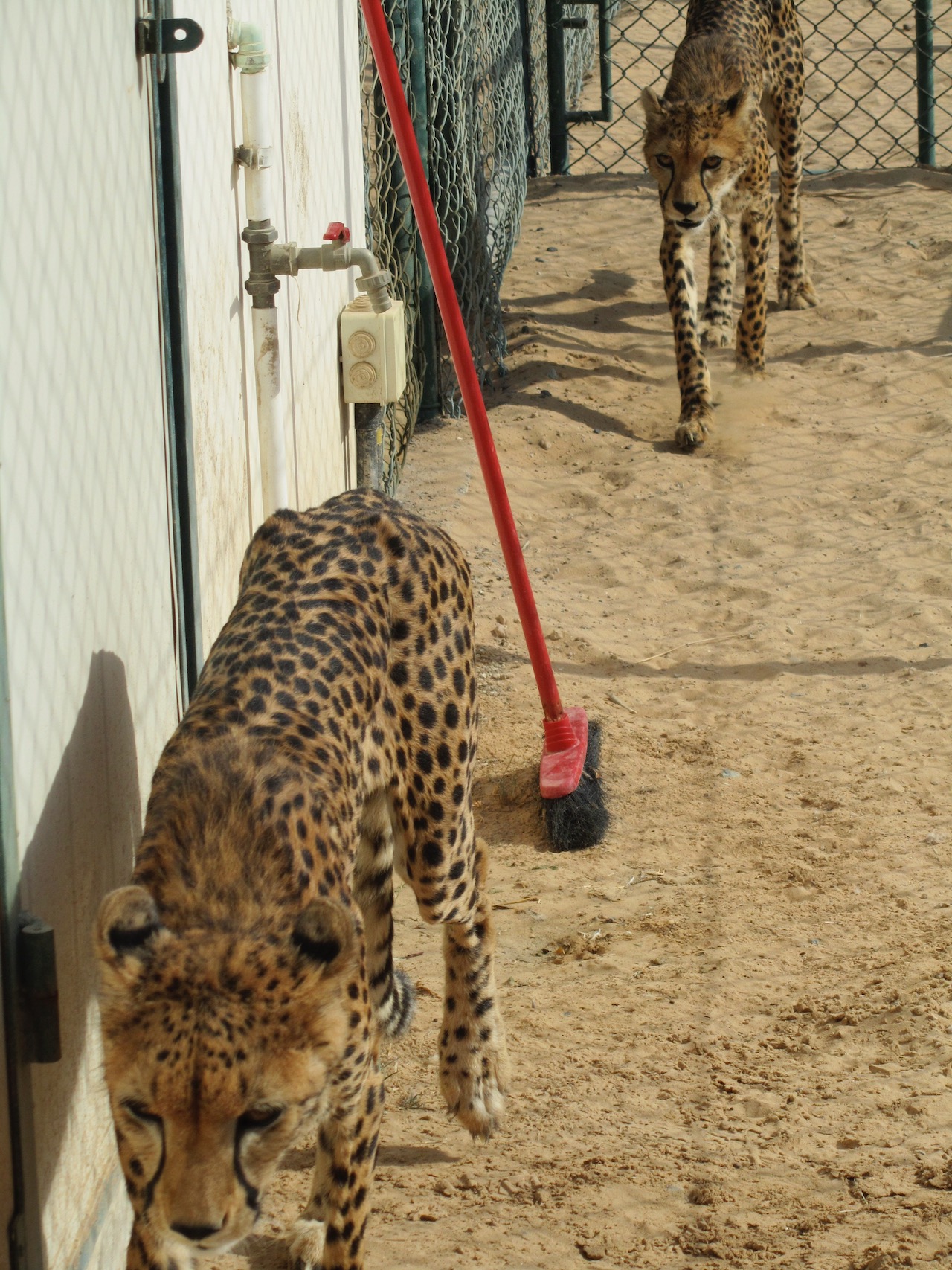
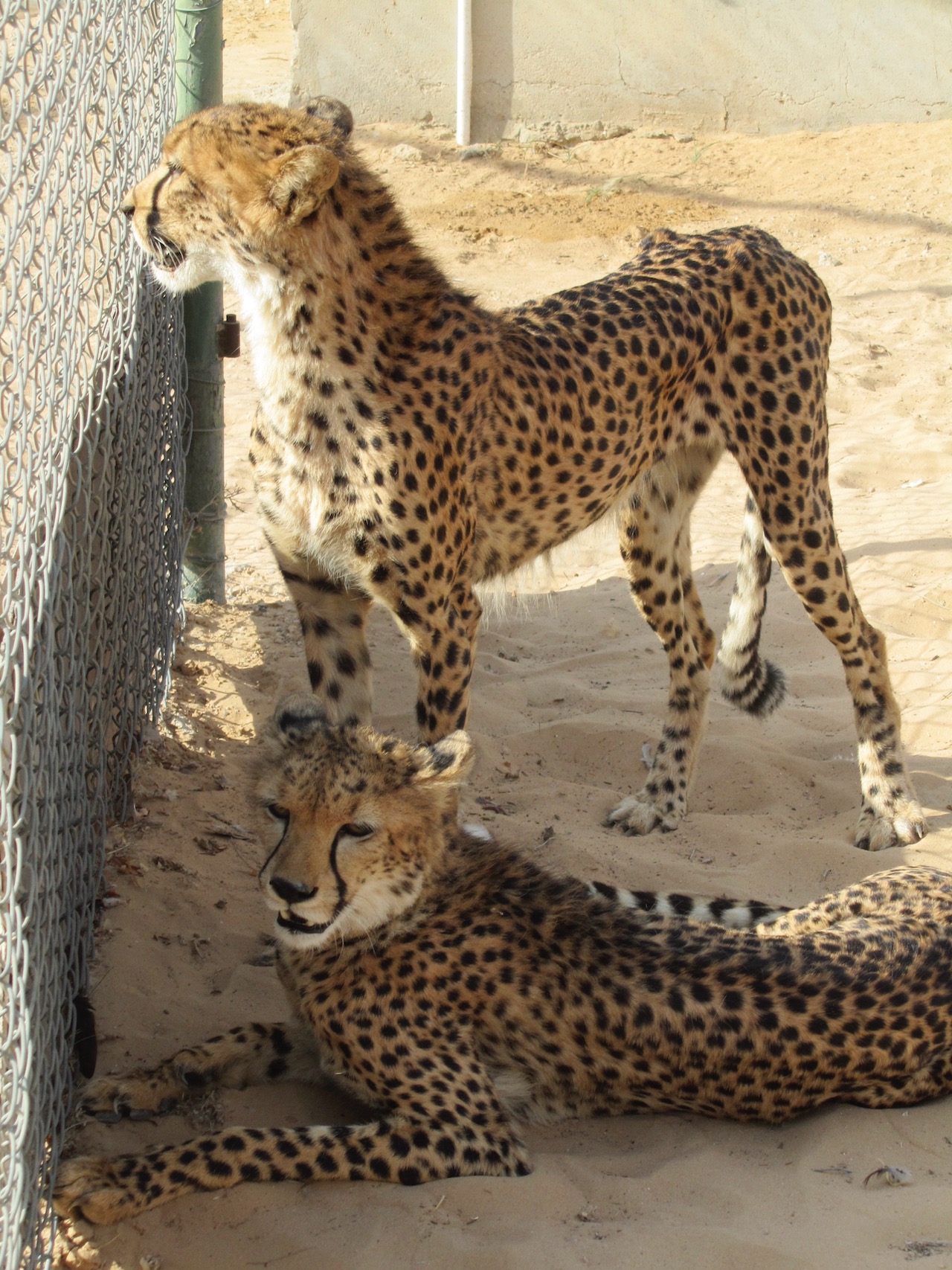

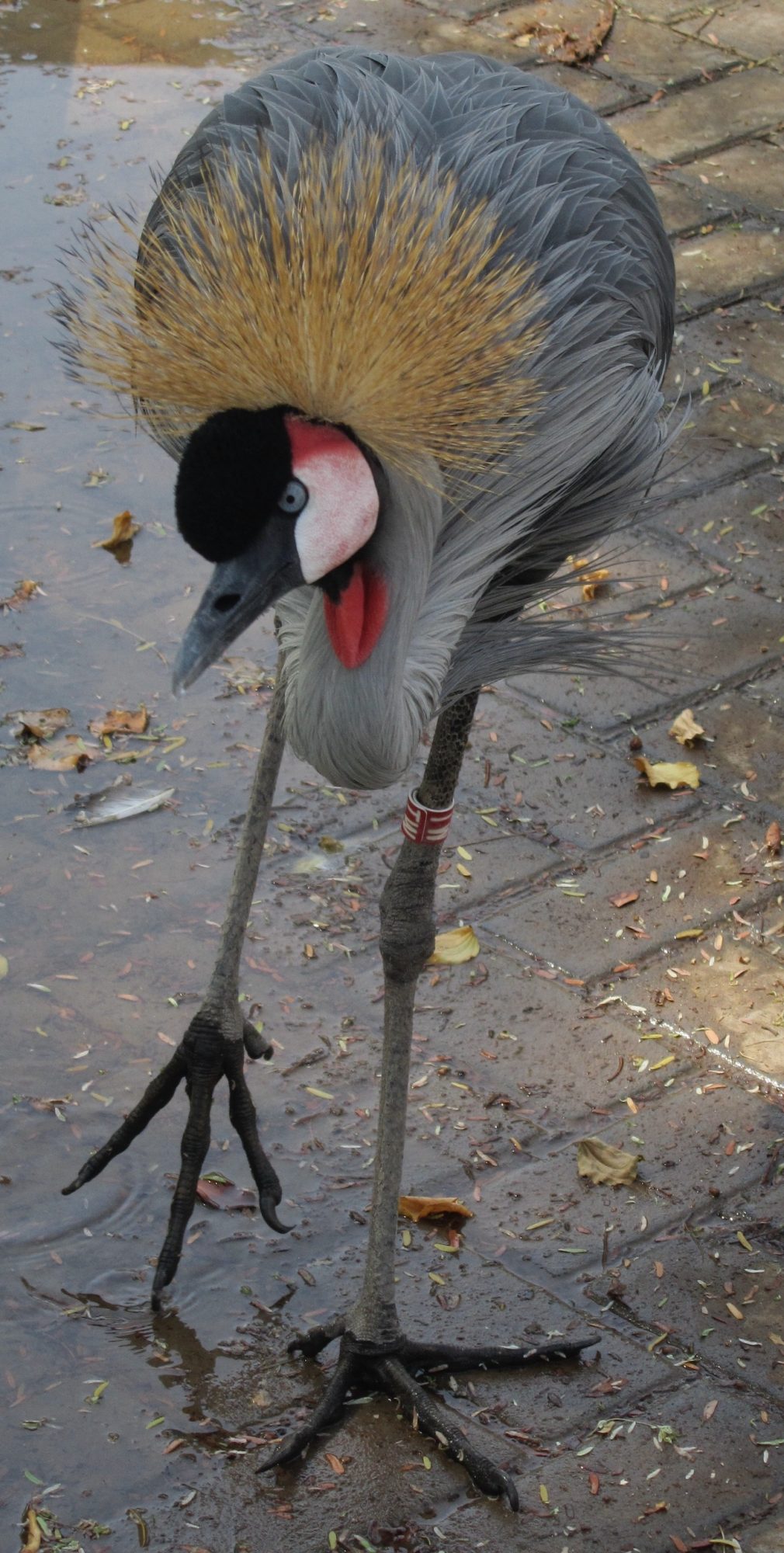
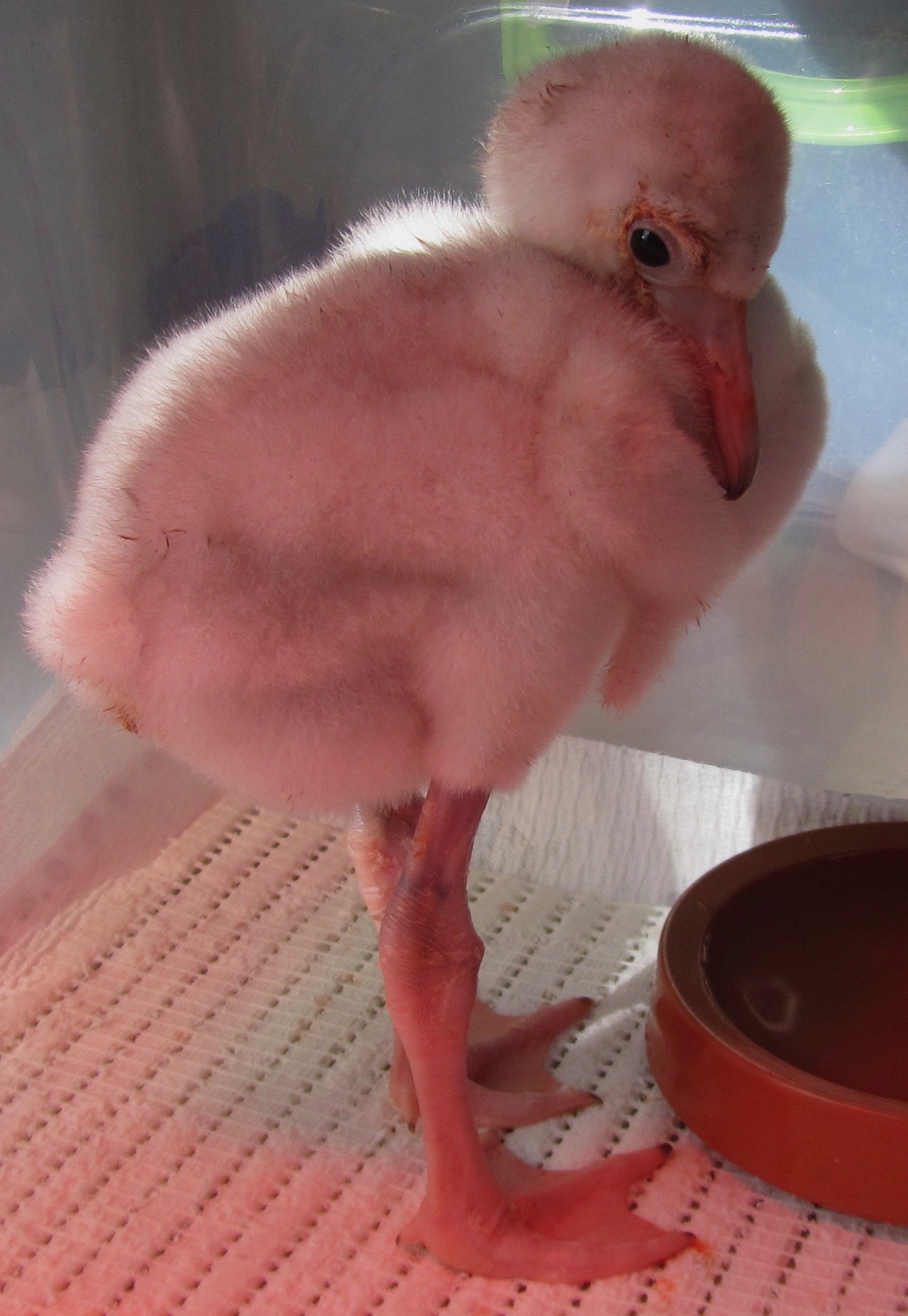
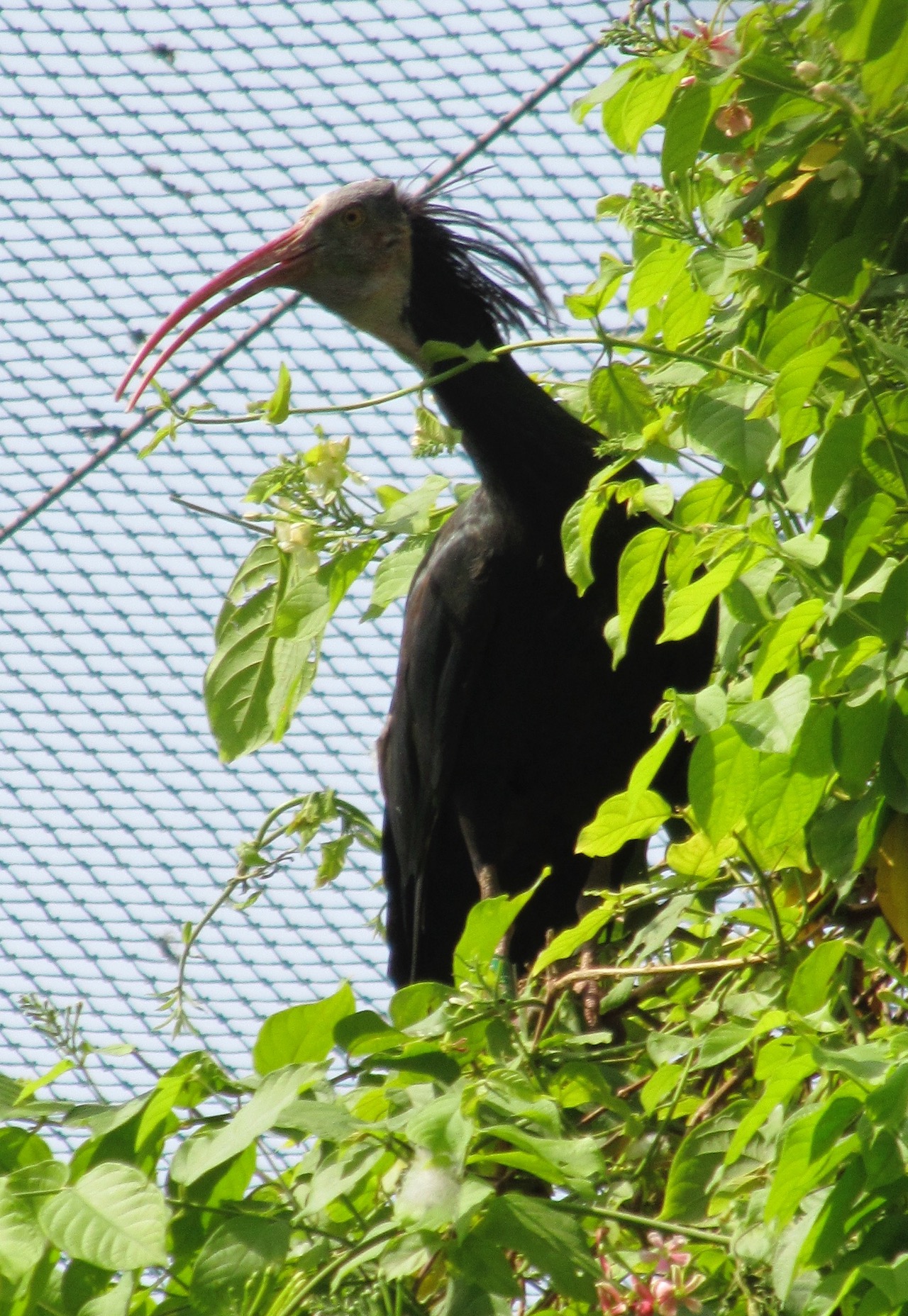


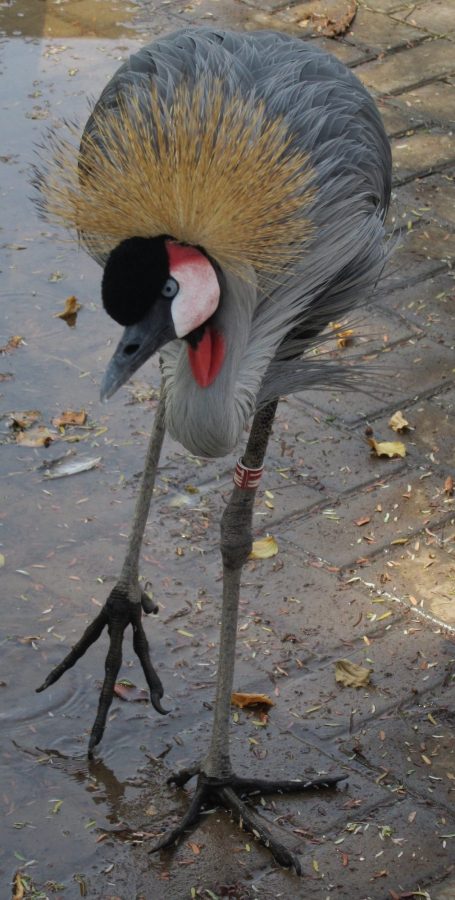
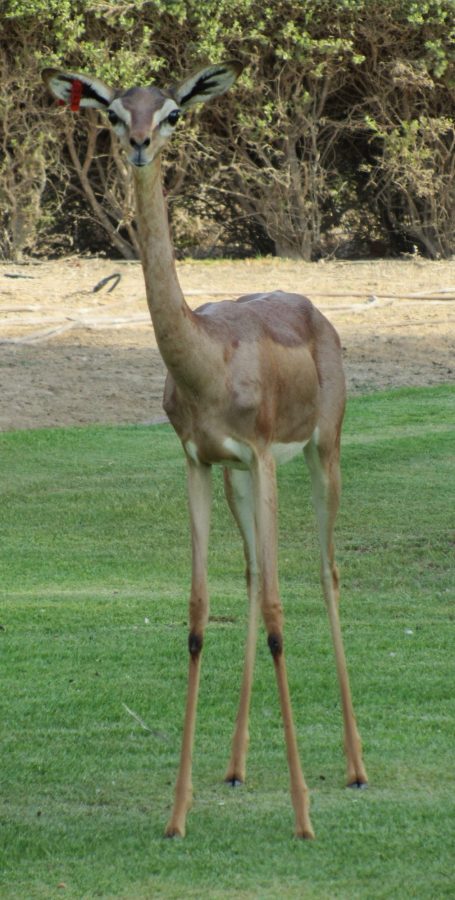


What a beautiful collection of photos. So many amazing animals in one place. The long legged deer animal looked so interesting.
I can’t imagine trying to train a cheetah! It sounds like they are easy to train but wow, I can’t even imagine!
Oh my gosh that baby flamingo! I am glad the places you visited were well managed.
Okay, I’m not a huge fan of Zoos in general, but I do think that you were able to get so close to the animals that these are some really cool photos, and I bet, nice memories.